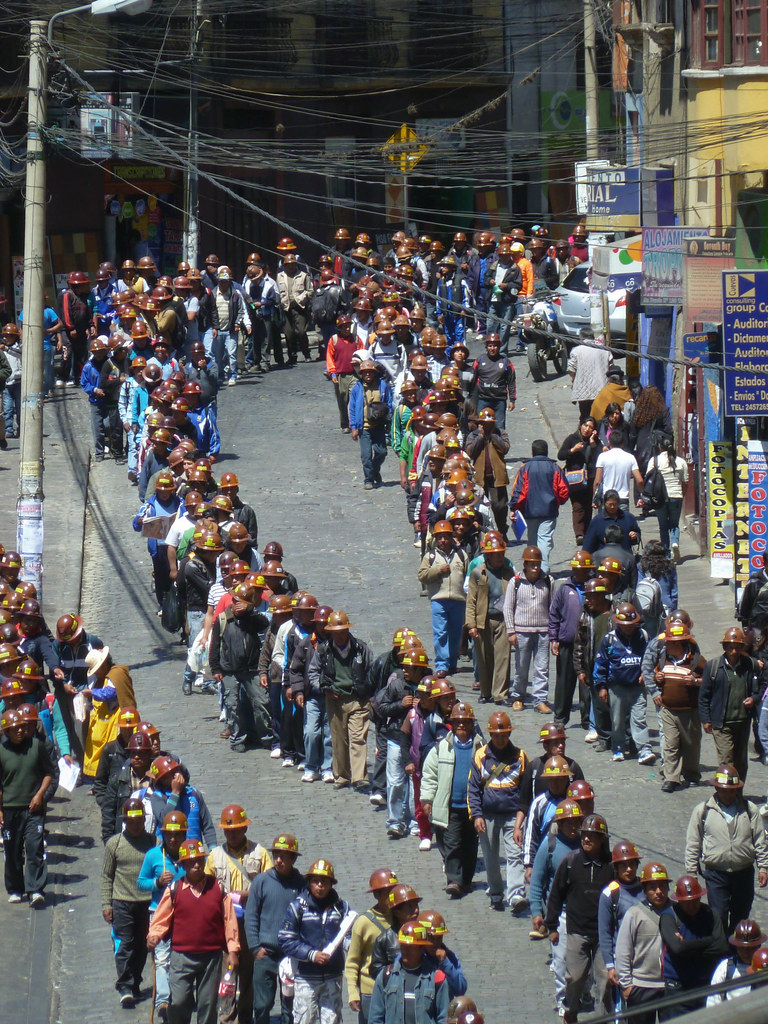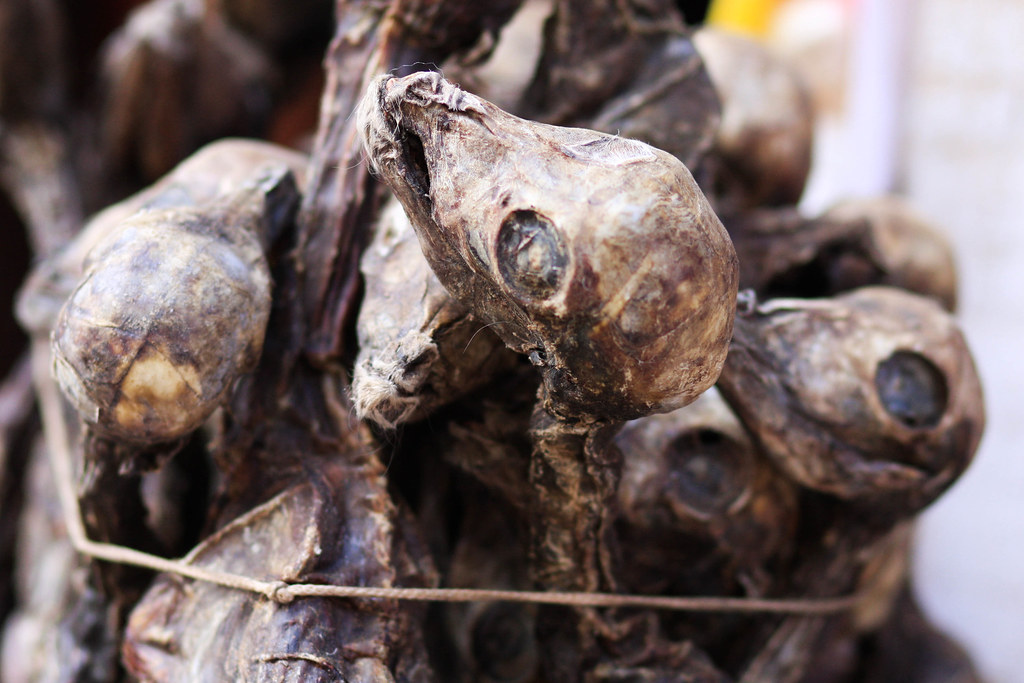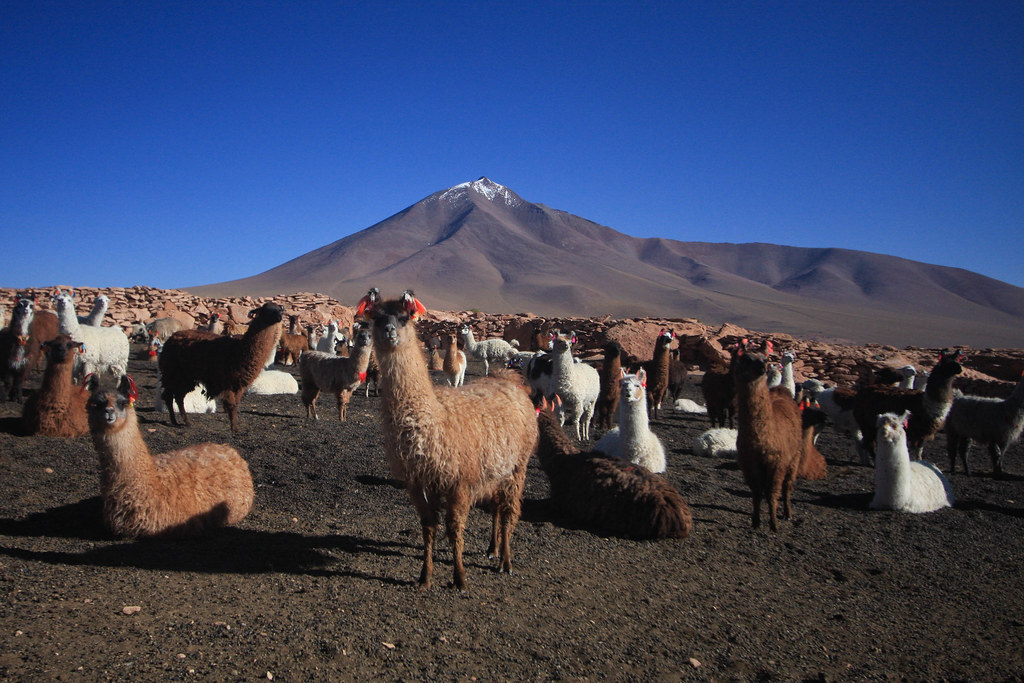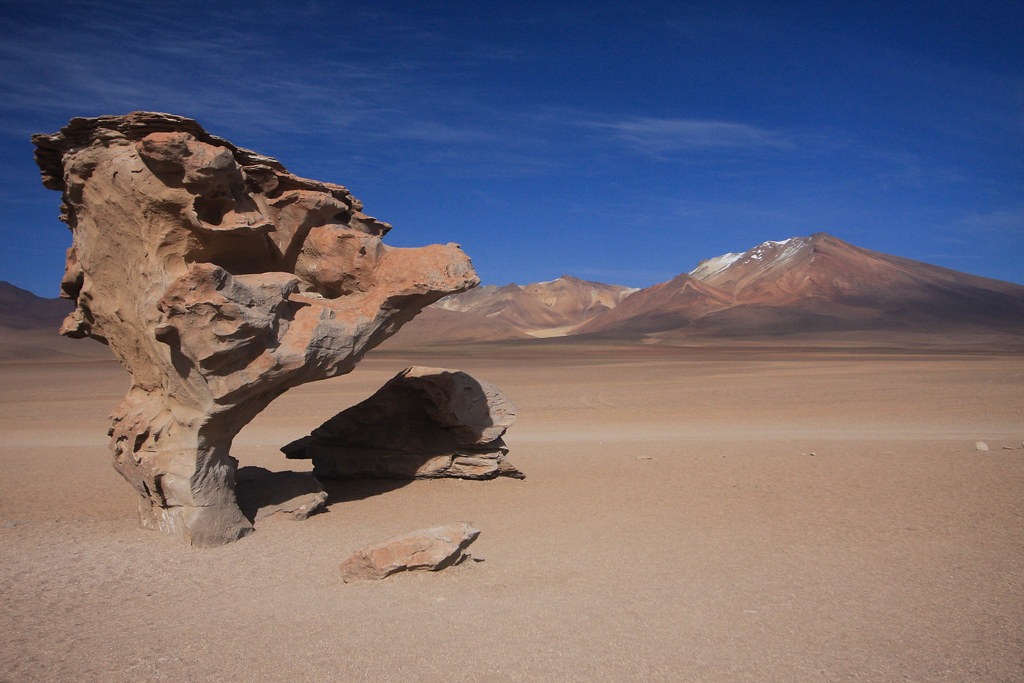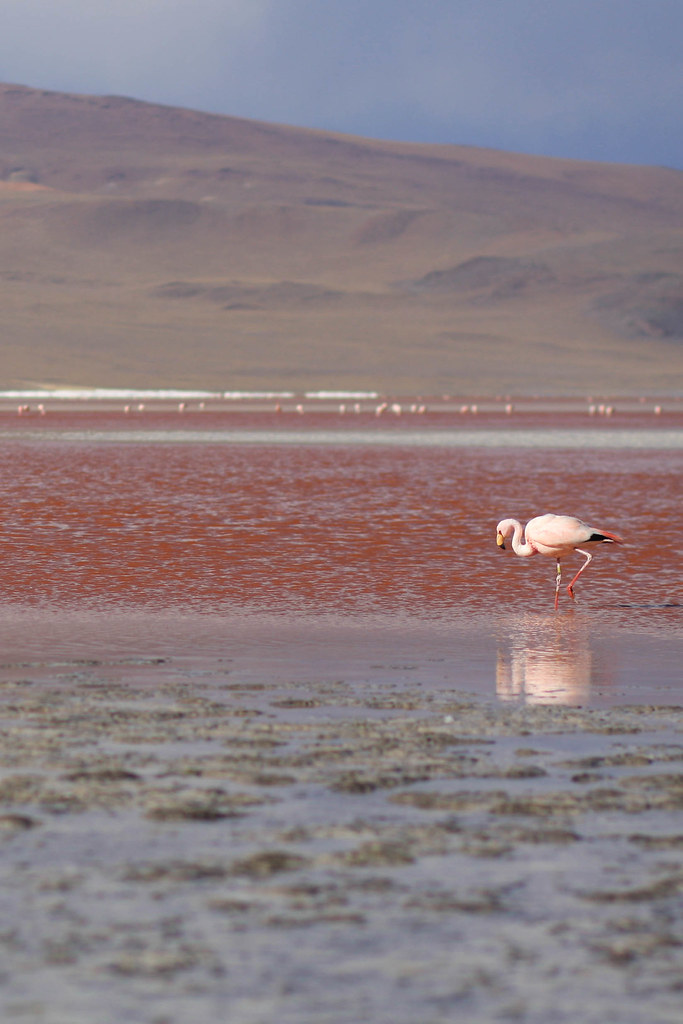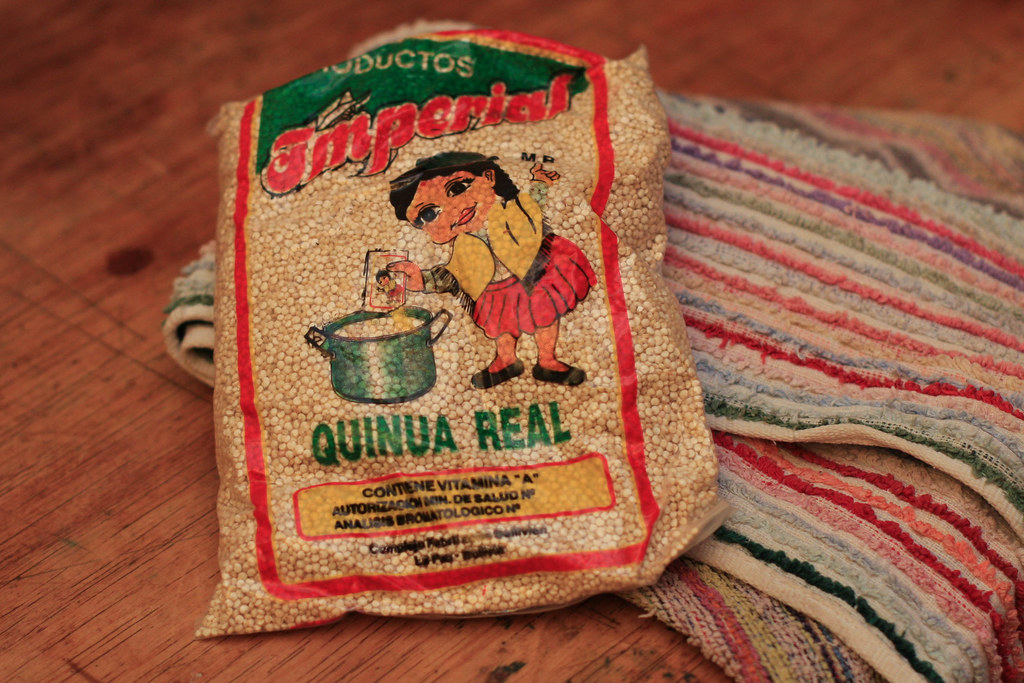I just got back from a fantastic week-long photography trip to Cuba and am slowly, and somewhat reluctantly, reacclimating to normal life. Being unplugged for a week among a bunch of photo geeks in a new and unique country was so... lovely. Does Walgreens carry anything for post-vacation withdrawal?
I didn't have (make) time to do a lot of research about Cuba going into this trip, which meant I entered with few expectations and a strong dash of ignorance. I knew the country is still under Communist rule, there would be lots of old cars, and I should enjoy my cigars and rum on vacation because I wasn't allowed to bring any back with me. The history and current politics between the United States and Cuba are complex, and it's something I've only started reading about more now, post-travel. I don't know enough to have any strong opinion on what should be, or even is, but I do know that my time in Havana was spent among many welcoming, smiling, and friendly Cubans. It was the safest I've felt on a trip south of the U.S., and I'd gladly return to explore more of the country if given the opportunity.
Now, back to photography.
The trip was organized by Santa Fe Workshops and led by David Hobby (the Strobist!). Since the primary motivation of our trip was to photograph life in Cuba, we were all permitted visas as part of a group participating in a cultural people-to-people exchange. My friend Brandon snuck me on to a prestigious and more accomplished shortlist of 13 other photographers that made up our group. Brandon, I owe ya!
Our base for the week was a hotel in Old Havana, and excluding two day trips out of the city, Havana is where we spent most of our time. There was a loose structure to the week's itinerary. Every day we met with Laura, a representative of the Cuban government, Jennifer and Dustin, two photographers from Santa Fe Workshops, and Leysis and Ramses, two Cuban photographers. As a group, we would visit an interesting site or two in Havana to shoot and meet people. Many of us also went out separately for a dawn patrol, sunset walk to catch the softest light on the city, or evening shoot to catch Havana under city lights.
We were asked to pick our top six photos from the trip for a final photo presentation, and here are mine (also on Flickr):
Incidentally, none of my top six pictures were taken during any of the organized group trips. I found myself a bit overwhelmed by the presence of so many photographers at these sites, and was more successful taking interesting pictures when I was by myself and could absorb the environment and interact with people at my own pace. One personal takeaway is that my most successful pictures, excluding the last shot from the market, were all of subjects that I was actively engaging with. It's something I plan to keep in mind and keep doing going forward.
This was the first organized photography activity I've ever participated in, and it's made me want to do more. My photography approach to date has been to buy a camera, learn the basics, and take pictures. Aside from the infamous, "Rule of thirds," I'm fairly ignorant to best practices or common teachings and rely on whatever visual literacy and instinct I've picked up over the years from random artistic endeavors. I wish I can say I had more intention in my shooting, but I've just never put in the time, so it was nice to go on a trip with a more experienced group of photographers to learn from. There wasn't any structured classes, but it's amazing what you can absorb from casual conversation during the week, and it's made me want to participate in more group shoots. It's also made me think about a few areas of development I'd like to focus on.
Don't try to do it all. I've gotten into the habit of wanting to go on a trip to a new destination and leave with a set of great pictures that comprehensively represents all areas, moods, and activities of the area. It's just not a practical goal. Great pictures often take patience and thought and work. Next trip, I think I'll try and separate whether I want to just take a picture of something as a memory snap, or whether I'm trying to get a great and interesting photo.
Back off the bokeh. I'm not afraid to admit it, I love me some bokeh! Independent of the setting or light, my default f-stop is almost always under 2.8. I don't think this is absolutely bad, but there is something to be said for a picture whose composition doesn't depend on a shallow depth of field. Also, too frequently, I've erred on the side of too shallow and inadvertently changed the subject of a picture. In the following picture, I lost the girl's eyes, which results in the orange soda can being the primary subject. I'm going to push myself to shoot more closed more often.
Push your subject and composition. As I mentioned, composition isn't something I've studied or put any active thought into. Instinct can only bring you so far, and the following represents a pretty typical shot I'll take. As I look back through my pictures, I can't help but focus on the fact that this is a picture, taken by a nice camera, of... carrots. It's in focus, it's balanced, it has some nice colors, but at the end of the day, it's carrots. I can do better.
Alternatively, the following is a picture I would not have taken before Cuba. I'm not totally happy with the result, and wish I would have gotten something more interesting or attention grabbing from the woman, but as a picture, it has more potential than ole carrot bunch above.
Curate. I learned a lot from the exercise of picking my top 6 photos, just as when I've done other "Top n" set selections. It's a forcing function for self-critique, and something I should just do more of to push myself and improve.
Lighting. I still know next to nothing about it, and I should change that. Apparently this guy knows what he's talking about, and has an awesome example from Havana of what command and understanding of light can result in, off camera.
The rest of the pictures from my trip are on Flickr.
Hasta la próxima!
I didn't have (make) time to do a lot of research about Cuba going into this trip, which meant I entered with few expectations and a strong dash of ignorance. I knew the country is still under Communist rule, there would be lots of old cars, and I should enjoy my cigars and rum on vacation because I wasn't allowed to bring any back with me. The history and current politics between the United States and Cuba are complex, and it's something I've only started reading about more now, post-travel. I don't know enough to have any strong opinion on what should be, or even is, but I do know that my time in Havana was spent among many welcoming, smiling, and friendly Cubans. It was the safest I've felt on a trip south of the U.S., and I'd gladly return to explore more of the country if given the opportunity.
Now, back to photography.
The trip was organized by Santa Fe Workshops and led by David Hobby (the Strobist!). Since the primary motivation of our trip was to photograph life in Cuba, we were all permitted visas as part of a group participating in a cultural people-to-people exchange. My friend Brandon snuck me on to a prestigious and more accomplished shortlist of 13 other photographers that made up our group. Brandon, I owe ya!
 |
| Our photography group in Viñales, Cuba. Taken by David Hobby |
We were asked to pick our top six photos from the trip for a final photo presentation, and here are mine (also on Flickr):
Incidentally, none of my top six pictures were taken during any of the organized group trips. I found myself a bit overwhelmed by the presence of so many photographers at these sites, and was more successful taking interesting pictures when I was by myself and could absorb the environment and interact with people at my own pace. One personal takeaway is that my most successful pictures, excluding the last shot from the market, were all of subjects that I was actively engaging with. It's something I plan to keep in mind and keep doing going forward.
This was the first organized photography activity I've ever participated in, and it's made me want to do more. My photography approach to date has been to buy a camera, learn the basics, and take pictures. Aside from the infamous, "Rule of thirds," I'm fairly ignorant to best practices or common teachings and rely on whatever visual literacy and instinct I've picked up over the years from random artistic endeavors. I wish I can say I had more intention in my shooting, but I've just never put in the time, so it was nice to go on a trip with a more experienced group of photographers to learn from. There wasn't any structured classes, but it's amazing what you can absorb from casual conversation during the week, and it's made me want to participate in more group shoots. It's also made me think about a few areas of development I'd like to focus on.
Don't try to do it all. I've gotten into the habit of wanting to go on a trip to a new destination and leave with a set of great pictures that comprehensively represents all areas, moods, and activities of the area. It's just not a practical goal. Great pictures often take patience and thought and work. Next trip, I think I'll try and separate whether I want to just take a picture of something as a memory snap, or whether I'm trying to get a great and interesting photo.
Back off the bokeh. I'm not afraid to admit it, I love me some bokeh! Independent of the setting or light, my default f-stop is almost always under 2.8. I don't think this is absolutely bad, but there is something to be said for a picture whose composition doesn't depend on a shallow depth of field. Also, too frequently, I've erred on the side of too shallow and inadvertently changed the subject of a picture. In the following picture, I lost the girl's eyes, which results in the orange soda can being the primary subject. I'm going to push myself to shoot more closed more often.
Push your subject and composition. As I mentioned, composition isn't something I've studied or put any active thought into. Instinct can only bring you so far, and the following represents a pretty typical shot I'll take. As I look back through my pictures, I can't help but focus on the fact that this is a picture, taken by a nice camera, of... carrots. It's in focus, it's balanced, it has some nice colors, but at the end of the day, it's carrots. I can do better.
Alternatively, the following is a picture I would not have taken before Cuba. I'm not totally happy with the result, and wish I would have gotten something more interesting or attention grabbing from the woman, but as a picture, it has more potential than ole carrot bunch above.
Curate. I learned a lot from the exercise of picking my top 6 photos, just as when I've done other "Top n" set selections. It's a forcing function for self-critique, and something I should just do more of to push myself and improve.
Lighting. I still know next to nothing about it, and I should change that. Apparently this guy knows what he's talking about, and has an awesome example from Havana of what command and understanding of light can result in, off camera.
The rest of the pictures from my trip are on Flickr.
Hasta la próxima!









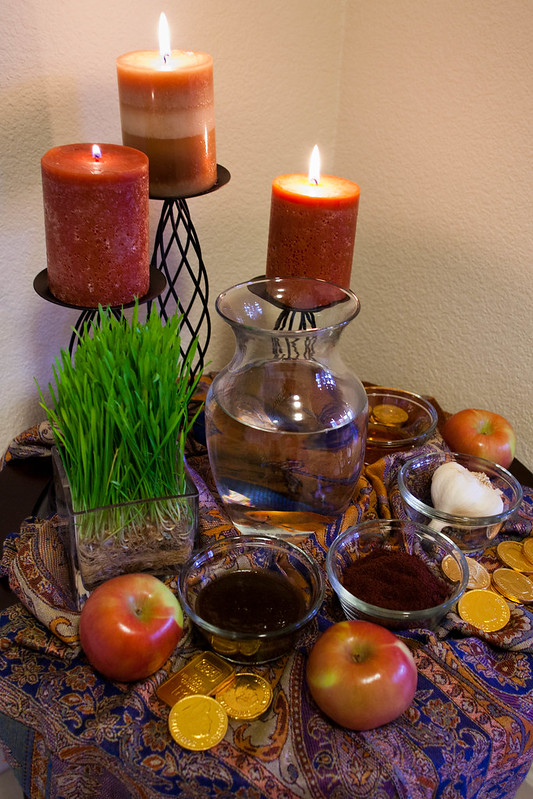
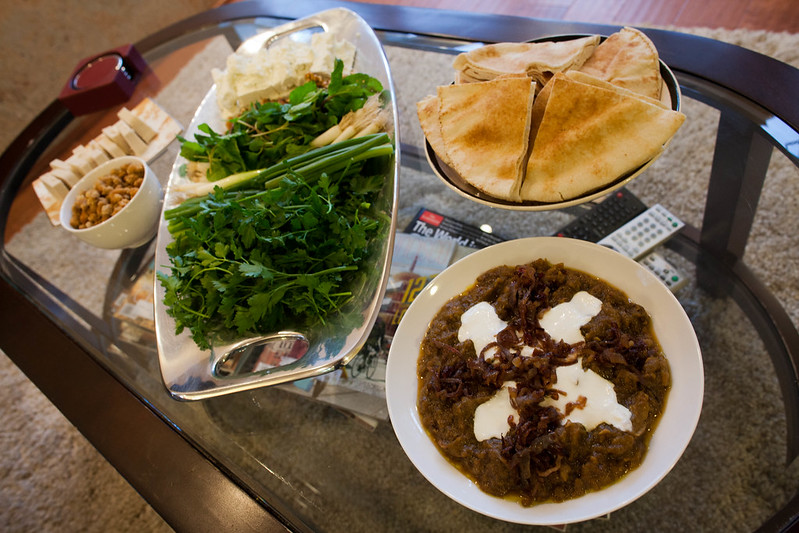


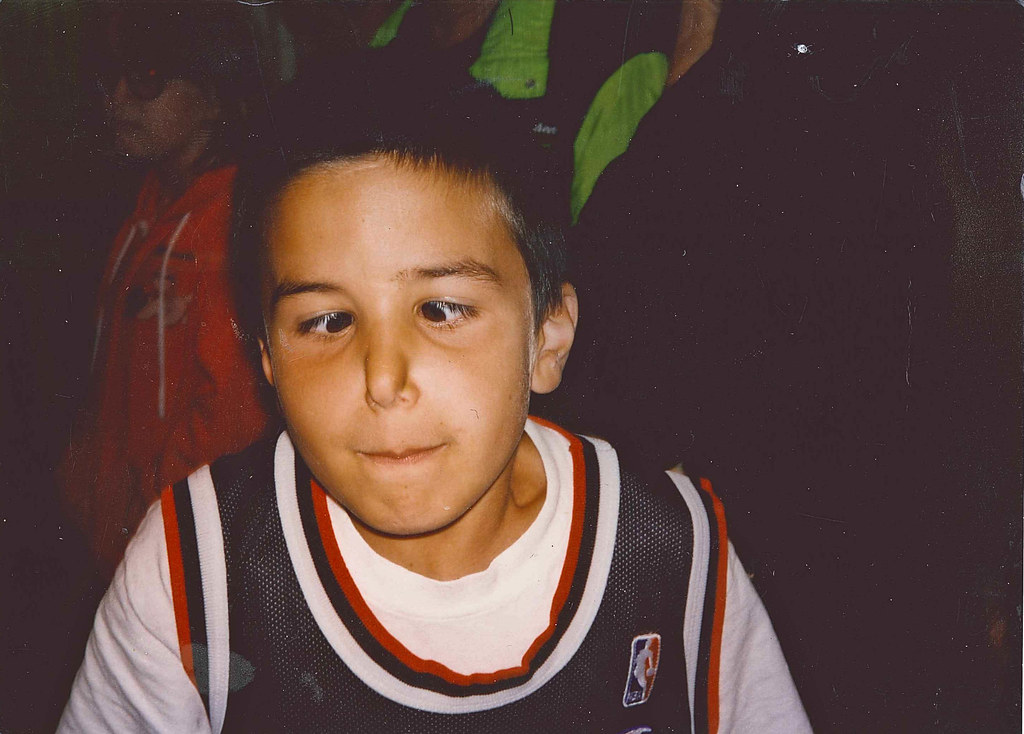
.jpg)
.jpg)
.jpg)


